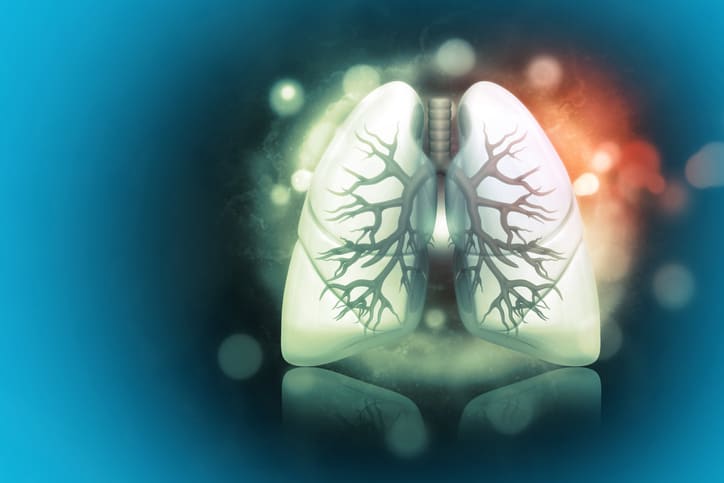MADs constitute an alternative treatment in selected patients with OSA. The purpose of this study was to assess upper airway (UA) volume and inspiratory pressure gradient variations in a group of 17 patients with OSA.
100% of the patients showed an increase in UA volume in both P2 and the MAD position with an increased bite-raise, P2 being the position where 76.47% of the patients showed the largest UA volume. P2/velopharynx was the position/region where the largest UA volume increase was achieved. A better gradient in P2 in 58.82% of the patients and a better gradient in P3 in 41.18% of patients with respect to P1 was observed. In 82.35% of patients, a better volume-pressure gradient match was also found. The best efficiency scores for both volume increase and better inspiratory pressure gradient were obtained in P2.
The findings of this study concluded that in a MAD, the minimal bite opening position necessary for mandibular protrusion is more effective in increasing airway volume and inspiratory gradient compared to a larger bite-raising (15 mm).
Reference: https://jcsm.aasm.org/doi/10.5664/jcsm.8666


